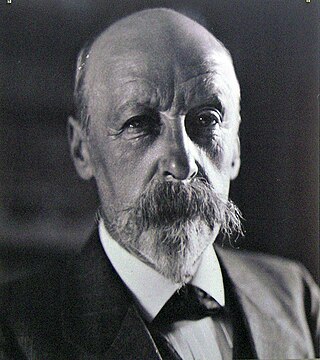
Emile Claus was a Belgian painter.

Ignacio Pinazo Camarlench was a Spanish painter from Valencia. He was one of the most prominent Impressionist painters from late nineteenth century Spain.

The Lladró Museum is the family home of the Lladró brothers in Almàssera, a town close to Valencia, Spain, it has two permanent exhibits, the Historic Porcelain Museum and the Painting Collection. The family home is a typical Valencian house with exhibits of earlier artistic works, a patio with a Moorish kiln where its first porcelains were fired and installations where children can learn activities.

The Museum of Fine Arts an art museum in Ghent, Belgium, is situated at the East side of the Citadelpark.
Julio Peris Brell was a Valencian painter. Peris Brell's paintings are distinguished by the power of his technique for analysing and translating different light aspects, specially in landscapes genres, portrait and still life.

Rodolphe Paul Marie Wytsman was a Belgian Impressionist painter. He trained at the Académie Royale des Beaux-Arts in Brussels, and was one of the founding members of Les XX, a group of avant-garde Belgian artists.
The National Exhibition of Fine Arts was a regular event that took place in Spain from 1856 to 1968; usually in Madrid. These exhibitions were in the form of a competition, established by a Royal Decree from Queen Isabella II in 1853. It was the largest official exhibition of Spanish art.
Victor Leclercq (1896–1945) was a Belgian painter known for his distinctive combinations of colors and abstract art pieces.

Évariste Carpentier was a Belgian painter of genre scenes and animated landscapes. Over the years, his painting evolved from academic art to impressionism. Alongside Emile Claus, he is one of the earliest representatives of luminism in Belgium.
Despite its size, Belgium has a long and distinguished artistic tradition that goes back to the Middle Ages, considerably pre-dating the foundation of the current state in 1830. Art from the areas making up modern Belgium is called in English Netherlandish up to the separation with the Netherlands from 1570 on, and Flemish until the 18th century.
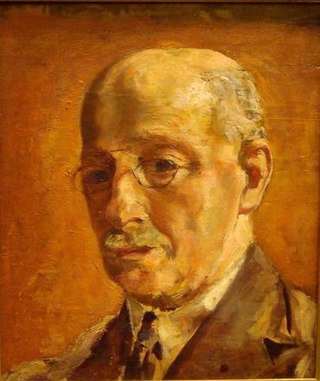
Guillaume Van Strydonck was a Norwegian-born Belgian painter. He was initially a realist, but later turned to impressionism.
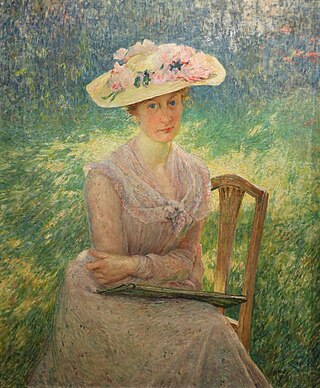
Jeanne (Jenny) Montigny was a Belgian painter.

Modest Huys was a Flemish impressionist and luminist painter, who is regarded as one of the greatest Belgian painters of the 20th century.
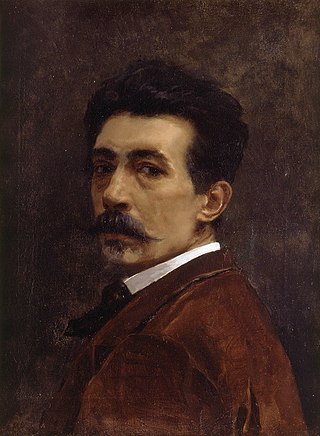
Joaquín Agrasot y Juan was a Spanish painter of the Realistic style who produced many works in the Costumbrismo genre.

The Museum of Ixelles, also called the (Municipal) Museum of Fine Arts of Ixelles, is a municipal art museum in Brussels, Belgium, focusing on Belgian art from the 19th and 20th centuries.
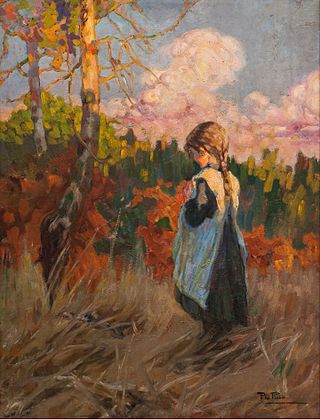
Alberto Pla y Rubio (1867–1937) was a Spanish painter interested in social issues. He was a professor of the Academy of Fine Arts in Valencia, the Academy of Fine Arts in Cadiz and the La Lonja school in Barcelona.
George Morren or Georges Morren was a Belgian painter, sculptor, Impressionist and engraver.

Anna De Weert, née Cogen; Anna Virginie Caroline De Weert was a Belgian painter. She would paint in the Luminist style.

























